Jason Moran (b. 1975, Houston, TX) is a groundbreaking jazz pianist, composer, and visual artist whose multidisciplinary practice redefines the limits between music, performance, and art. Trained at the Manhattan School of Music under the mentorship of Jaki Byard, Moran has become a pivotal figure in contemporary jazz and beyond. As the Artistic Director for Jazz at the Kennedy Center and a MacArthur Fellow, Moran continually pushes the envelope, intertwining history, personal narrative, and experimental forms.
Moran’s creative output includes over 15 solo recordings and collaborations with legends like Charles Lloyd, Cassandra Wilson, and Sam Rivers, as well as with visual art luminaries such as Joan Jonas, Kara Walker, and Glenn Ligon. His long-running trio, The Bandwagon, with Nasheet Waits and Tarus Mateen, has set new standards for jazz ensemble work, delivering albums celebrated for their innovation and depth.
His forays into visual art have been equally transformative, as seen in Jason Moran (2018), a solo museum exhibition that toured from the Walker Art Center to the Whitney Museum of American Art. His installations, which often pay homage to the atmosphere and legacy of historic jazz clubs, explore the physical and emotional spaces of performance.
Moran’s innovative collaborations with his wife, Alicia Hall Moran, include the celebrated BLEED project at the 2012 Whitney Biennial and the poignant Two Wings: The Music of Black America in Migration for Carnegie Hall. His multimedia tributes to figures like Thelonious Monk and Fats Waller seamlessly blend music, activism, and storytelling.
Recently, Moran curated Here to Stay, the inaugural permanent exhibition at The Louis Armstrong Center in Queens, NY, and his solo exhibition Jason Moran: Black Stars: Writing in the Dark is currently on view at MASS MoCA through May 2025. Whether through music, art, or curatorial projects, Jason Moran remains a vital voice in redefining how we experience and engage with jazz and contemporary art.
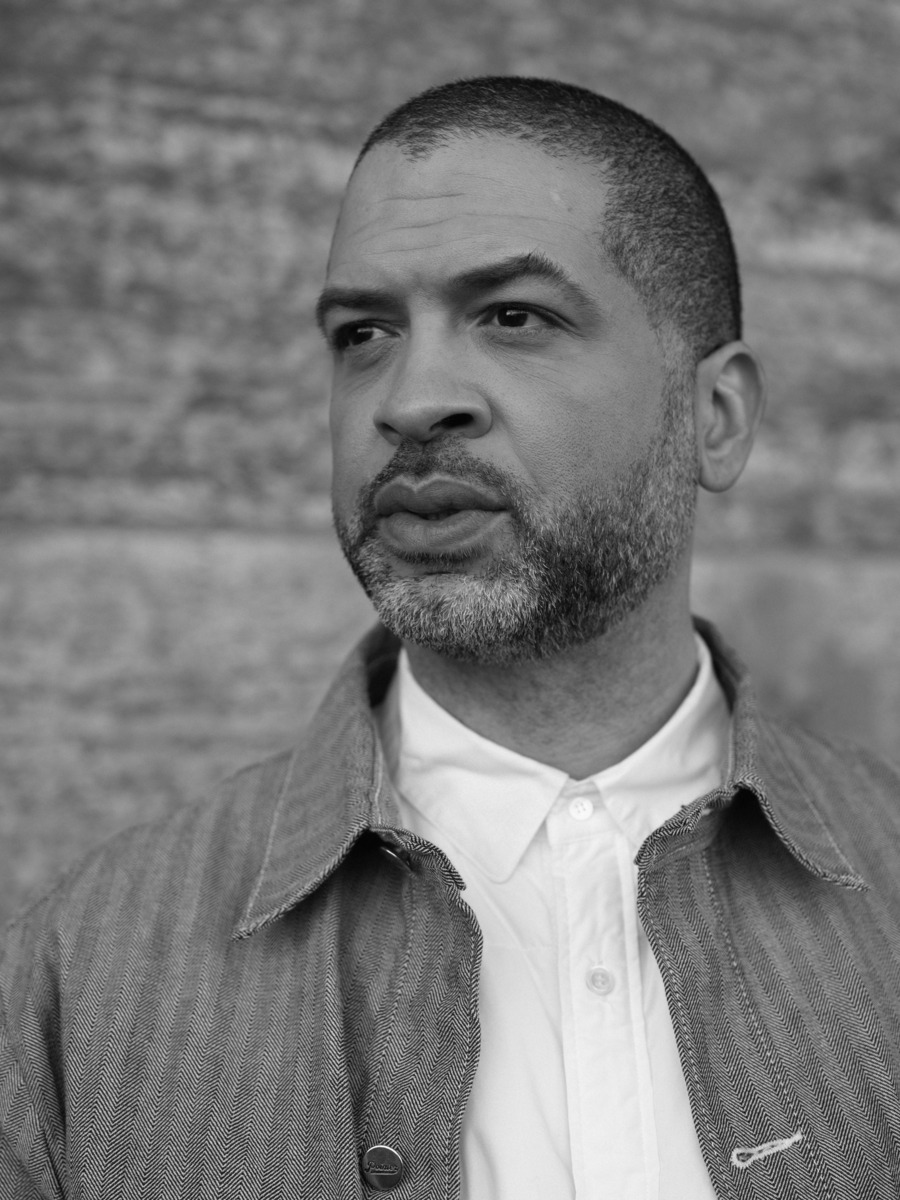
An Interview with Jason Moran
By Carol Real
Your parents immersed you in diverse cultural experiences growing up in Houston. How did these early encounters with art and music shape your creative vision today?
I would say growing up in Houston in the late 1970s and 1980s was really interesting because Houston was, and still is, a place where people are constantly arriving. Even in my family, my father’s side was originally in Louisiana, and then they moved to Houston. Houston is a very big city and also a very international one. You can feel its history—it was formerly part of Mexico, so you sense the presence of Mexico, the legacy of formerly enslaved people, and all the resistance embedded in the way the city exists. Within that, there’s always visual art, dance, and music.
My parents always took us to experience a wide range of cultural events. For instance, we would go to the orchestra when there was a Black soloist—like André Watts, who was a very famous Black classical pianist. When he performed as a soloist with the orchestra, we would be there. Or, if Alvin Ailey’s dance company came to town, we would go see them. Similarly, we attended painting exhibitions by John Biggers, who at that time was leading the art school at Texas Southern University, a very prominent HBCU (Historically Black Colleges and Universities).
My parents ensured we were connected to all of these experiences, as did the rest of my family. So, it never felt extraordinary; it felt very ordinary in my family to have relationships with sculpture, music, and dance, even though none of us were necessarily fixated on the arts. However, for me, it stuck. I knew I wanted to be a musician because I was having the most fun playing the piano.
At thirteen, you were drawn to jazz through Thelonious Monk’s “′Round Midnight.” What resonated with you in Monk’s music, and how did it steer your journey as a jazz artist?
For me, hearing Thelonious Monk at thirteen was pivotal because teenagers are fragile people. You need something to hold onto, something that feels like it’s your own. I had great friends, but none of them were listening to Monk. I felt like Monk was offering me an entry into another world.
His music, even though I was just an average classical pianist at the time, felt very approachable. It seemed simple enough that I thought I could play it. I was wrong—completely wrong—but it made me want to sit at the piano and try to find the sounds he was playing. Those sounds felt so new to me.
There was also something about the way he played the piano that felt like, if he had been born in the 1970s, he might have been into hip hop. He wouldn’t have been a jazz musician. But he was born in the 1910s, and he’s a product of his mother, his father, and the situation in America. He found a way to plant those experiences into his music.
Hearing that music decades later became the reason I would say I became a serious musician. He played something that rocked my soul. Even now, every time I hear him, I know he’s my favorite musician of all time.
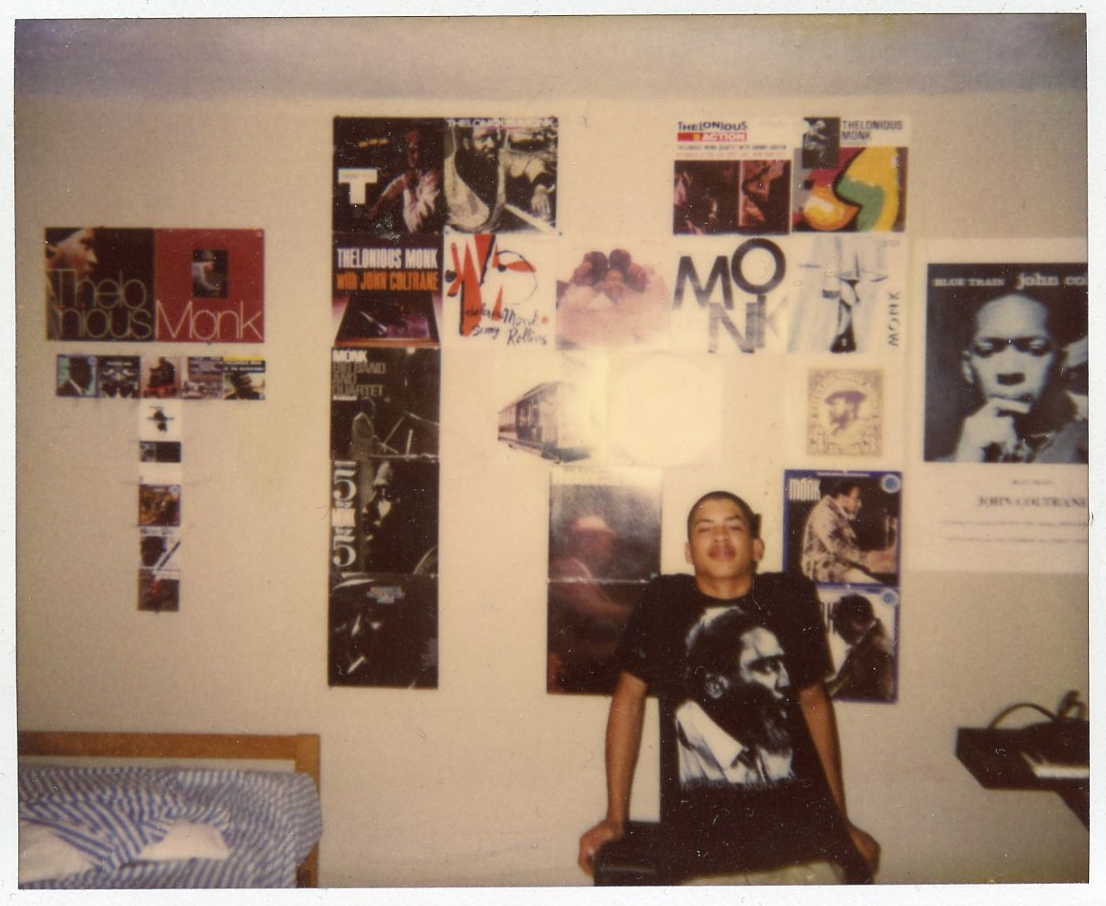
You just mentioned hip hop. How did it influence you during your youth, and how has that connection informed your improvisational approach and compositions over the years?
I think one of the big things in hip hop is this sense of, especially in the production part—meaning the beat, the process of making the beat, or the music behind the lyricist—is the sense of the loop. There’s a loop, a very short loop, that repeats over and over again. That becomes the landscape for the lyricist or the MC to tell their story. But this loop can be intoxicating. The loop can also be dangerous, too, because it can trap us in its repetition, which is, I’d say, the opposite of what a lot of jazz music is about.
Still, there was something about that loop that always felt intriguing—the idea that you could create a kind of sonic mantra or meditation with these loops. I think we must take care with the kinds of loops we create. Listening to the way production was used, especially in the 1980s and 1990s, I noticed that much of the music being sampled came from jazz and funk.
In Black music, there’s a continuum, meaning you could hear the songs of past generations being sampled. It might be the music of Nina Simone, James Brown, or Art Blakey. Those songs and sounds would be sampled, and then a rapper would rap on top of them. For me, that became really interesting. As a composer, I started to think, “What if I could create something that someone might want to loop?”
When it comes to improvisation, it’s not necessarily about a flurry of notes all the time. Instead, I wonder: if I condensed it all down into a loop, could I find the loop within the improvisation? That’s something my band and I are often searching for—the perfect loop.
Studying with Jaki Byard at the Manhattan School of Music was pivotal for you. What lessons from him remain central to your practice?
The most important one is that you must touch history. You must touch history. History should not be confined to a book or an exhibition; it must be firmly integrated into your practice. I have to engage with historical material. I’ll never be able to mimic the style or vision that those artists had eighty or a hundred years ago, but I must try to view it from today’s perspective and see how I can transform that history. I have to touch it and not be afraid of it. Jaki was incredible at finding ways to engage with history while also being very playful with it. I think he was able to be playful because he understood it so well. He taught me music like an art school, where you really think about art history.
He was considering piano history and teaching me the importance of understanding that history, so when I became serious enough to start making my own music, I would know that I was standing within the history of music. I often undertake these very historical projects that look back at musicians from a long time ago, trying to understand the decisions they made to create their sound, even from today’s perspective. Perhaps the most important lesson is that we must touch history to understand it better.
When you create music, do you think about how it connects to the past or how it fits within today’s context?
Yes. I wouldn’t say I recreate, but I think it’s important to develop a new context for that music and to try to understand it within today’s parameters. America is a weird, weird, weird, weird place. And the history shifts every seven or eight years—big shifts. Music changes too. But if we always act like we’re only doing something new, we’ll forget how important some of these other musicians were—musicians who really did sacrifice, even die, for the sake of the music. They gave us this privilege that we walk within.
I always try to make sure I humble myself by playing somebody else’s music because they’ve done much harder work than I have. I at least owe them the time to put their music in my hands.
Your mentors, Muhal Richard Abrams and Andrew Hill, were known for their avant-garde approaches. How did their philosophies challenge or expand your understanding of jazz?
Muhal Richard Abrams was a leader and mentor who developed a group of musicians called the AACM, which stood for the Association for the Advancement of Creative Musicians. It’s such a great name. Of all the musicians I know today who are still alive from that group, they really speak to me about the importance of self-reliance. Part of the reason they developed this group was because they knew the commercial world wasn’t necessarily hiring them. So, they had to produce their own concerts, their own records, and they had to learn each other’s music. One of their seminal approaches was to only play new, original music and nothing stopped them.
I feel like one of the key things Muhal Richard Abrams taught me was that being part of a community is essential, and you shouldn’t be afraid to do things on your own without relying on the commercial world. Music is a deeply personal thing, and I’m so thankful to him for those lessons, as well as for the composition lessons I received from him.
Andrew Hill, on the other hand, was very much like a fortune teller. I mean that seriously—there are people in the world who can see not only their own futures but also the futures of those around them. Andrew was always imagining things for me that I couldn’t even imagine for myself when I was studying with him. He would call me early in the morning, and we’d have a kind of blessing before he started talking about what he envisioned for my future—my career, my music, even my love life. He explained these things, and years later, after he passed away, they all came true.
Andrew had this old-world quality about him, and his belief in music was profound. For me, he was important because he emphasized that there are no rules in what we try to do. He encouraged me to focus on what I believed worked for me. I was such a strong student of his that his way of playing piano deeply impacted how I played. I had to work through that influence to develop my own style, which is something many students struggle with—how to move past their teacher. But Andrew didn’t try to demonstrate things for me; he wanted me to figure them out on my own. That was exactly the kind of teacher I needed.
Was that during your time at Houston’s High School for the Performing and Visual Arts?
No, Andrew Hill came after I graduated from Manhattan School of Music. But in high school, I became a huge Andrew Hill fan.
How did that environment prepare you for your career in jazz and beyond?
In high school, what I felt was important was being around other students. We weren’t even competitive with one another; we just wanted to sound good. Many of those musicians I still play with to this very day. We still make records together, go on tour together. These are musicians I’ve known since high school. Many of us have left Houston and moved to New York or Los Angeles, performing all around the world. So much so that people now recognize Houston as having a unique jazz sound. We’ve really tried to stick together and foster this sense of community once we departed Houston.
Being with those students and having one teacher—his name was Doc Morgan—was transformative. Doc really wanted us to be excellent, and he kept us in proximity to excellence by always inviting professional, international musicians who were visiting Houston to come to our high school and talk to us about music. People like Dizzy Gillespie came to our school, McCoy Tyner came, and countless others. It was incredible to see these icons up close.
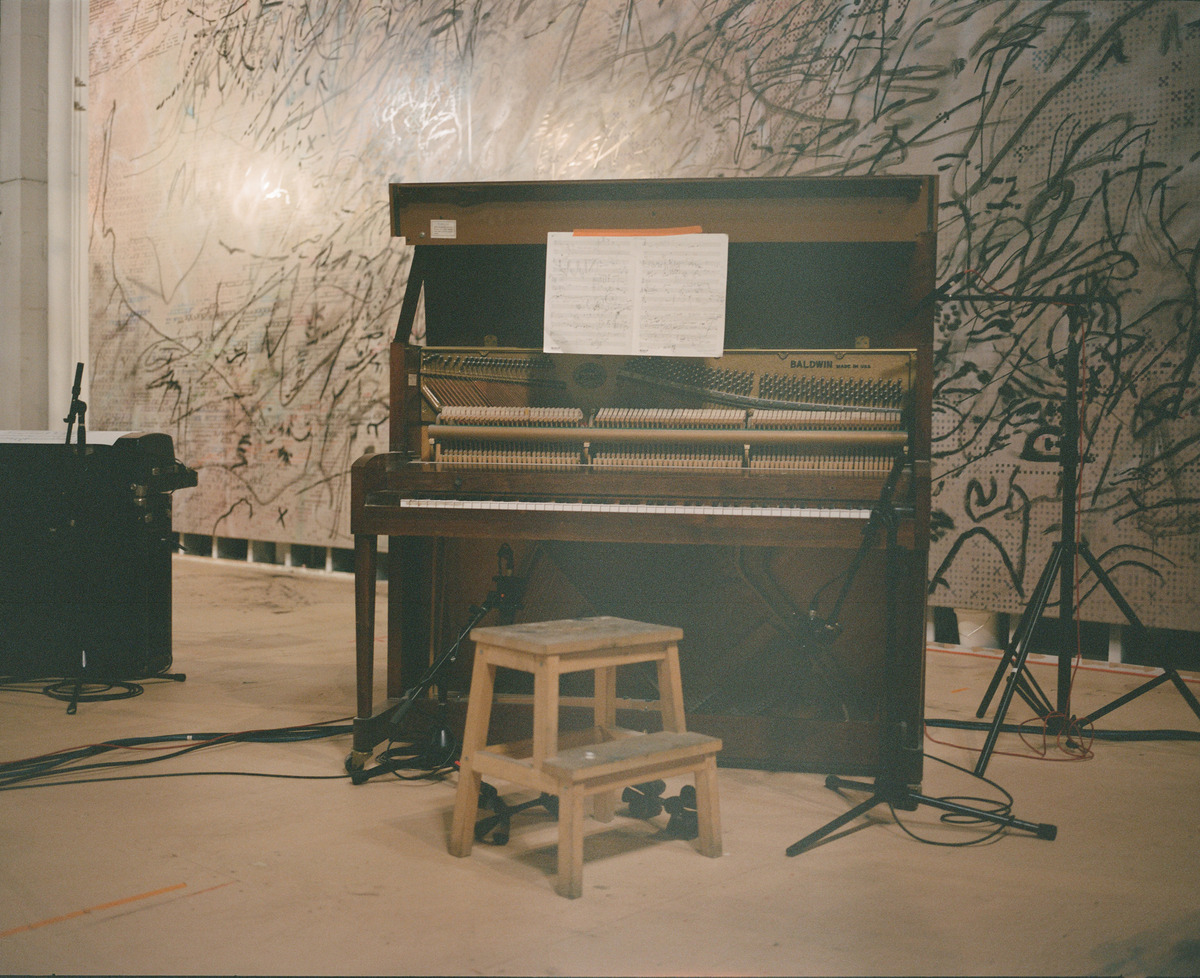
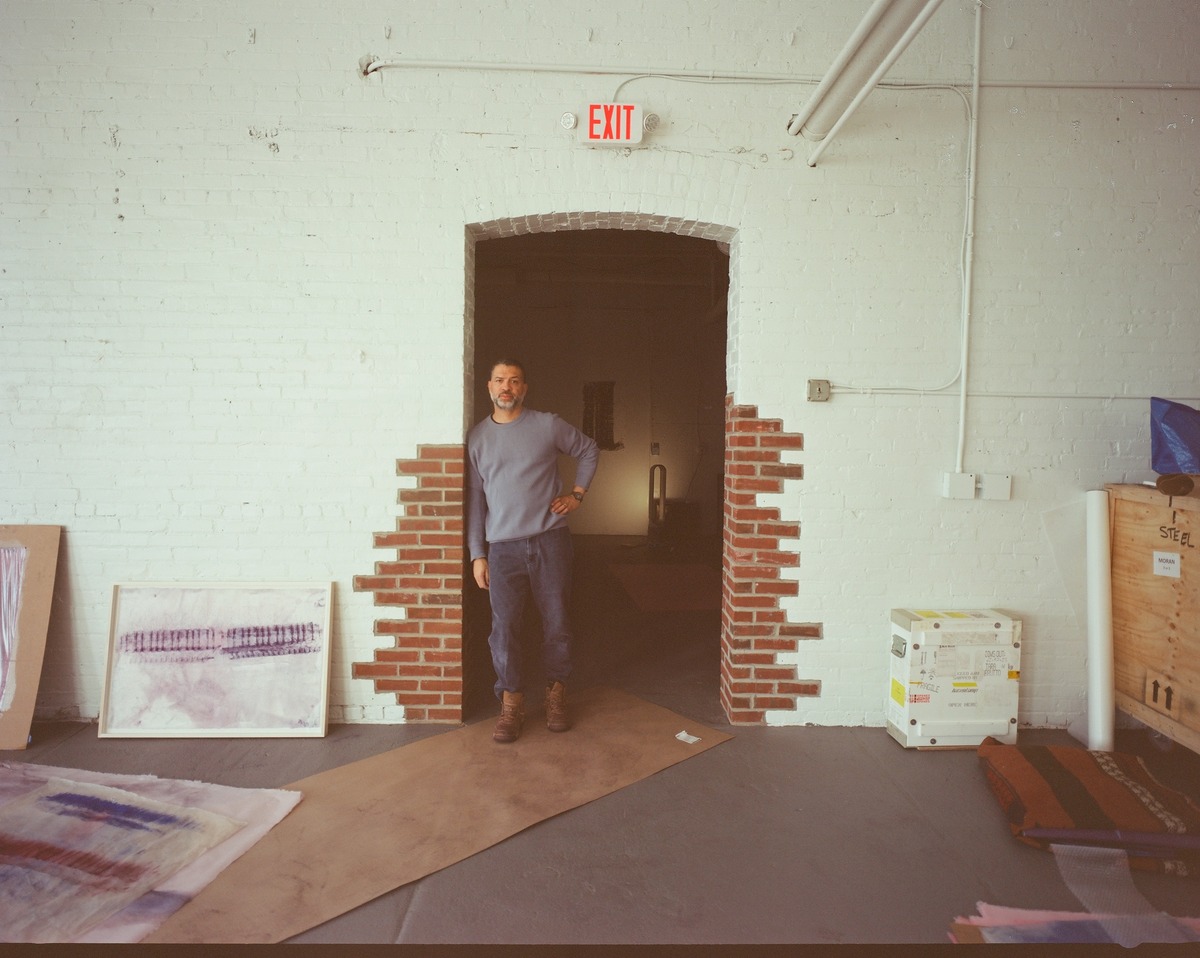
Your work often transcends jazz, integrating visual arts, dance, and theater. What draws you to these multidisciplinary collaborations, and how do they enhance your storytelling?
The biggest thing I look for in these collaborations is a sense of trying to reposition the music I make. If I’m creating music that feels like it’s only suitable for jazz festivals and jazz clubs, I might be limiting the possibility of the music. By collaborating with other artists, I get a better sense of what the music is capable of—what else it can hold beyond applause.
For instance, when I work with a visual artist like Joan Jonas, who creates performances, the songs take on a different meaning. They’re not necessarily meant to be applauded; they’re meant to sit within a scene, to serve as a soundscape—maybe nine minutes of sound connecting one scene to the next. That’s a completely different role for the music. I look for those intersectional moments, where music meets another discipline, like working with dancers.
With dance, you start to understand that music is not always the goal; it’s there to inspire or act as a mirror to what’s happening on stage. For a dance company, each movement they make might directly relate to the sound coming from the piano, the drums, or another instrument, and that makes the whole experience feel brand new.
When I was at the Manhattan School of Music, our focus was primarily on creating music. However, one thing I wish we had explored more was how music interacts with other disciplines and the relationships that emerge from those interactions. That understanding would help us see beyond simply playing a great solo at a jazz festival.
I think I’ve found these connections partly because of my high school in Houston. There, I realized that the arts are interconnected. We were inspired by one another, not just by other musicians. We always hung out with the artists, the dancers, the actors, etc. That’s a lesson I continue to learn as I look back at history and recognize the importance of artistic movements.
Artistic movements and culture thrive on collaboration. It’s not just about musicians; you need other voices—designers, dancers, chefs, writers, and poets. We need that kind of community, where we are in contact and inspired by one another.
Your partnerships span icons such as Joan Jonas, Kara Walker, and Glenn Ligon. How do these visual artists influence your musical language? What do you look for in collaborators, and how do you ensure their visions align with your overarching themes?
I actually don’t look for alignment. I look for differences—something that contrasts with mine—so it doesn’t feel like we’re just birds flying together, but instead like we’re sometimes coming into opposition with one another. That opposition can reveal something else about the work.
Julie Mehretu, Glenn Ligon, Kara Walker, and Lorna Simpson—those are artists who are deeply rooted in their movement as painters. They’ve redefined what can go on a wall. They also help redefine narrative and abstraction. These are all elements that I think are really important to the development of jazz music. How do we define narrative? How does someone like Thelonious Monk dictate narrative in a song that might seem like just a melody, but has deeper meaning when he plays it? We have to search for those meanings.
Working with visual artists helps me in that search—to devote more time to finding meaning, rather than just creating something that sounds good. That’s been a process I’ve had to learn. I’d say it began in earnest after meeting Joan Jonas in 2004. That’s when I really started focusing on collaborators. As much as I love and continue to love my relationship with jazz and its centrality to the stage, I also knew there were other spaces where the music could exist. I had to seek out those spaces and those people.
At the same time, there’s an old saying: what you are looking for is also looking for you. I feel that some of these collaborations happened because we’d been seeking each other for a long time without explicitly saying it. The collaborations just kind of happened. It feels like I’m following the scent of destiny when I make work with these artists.
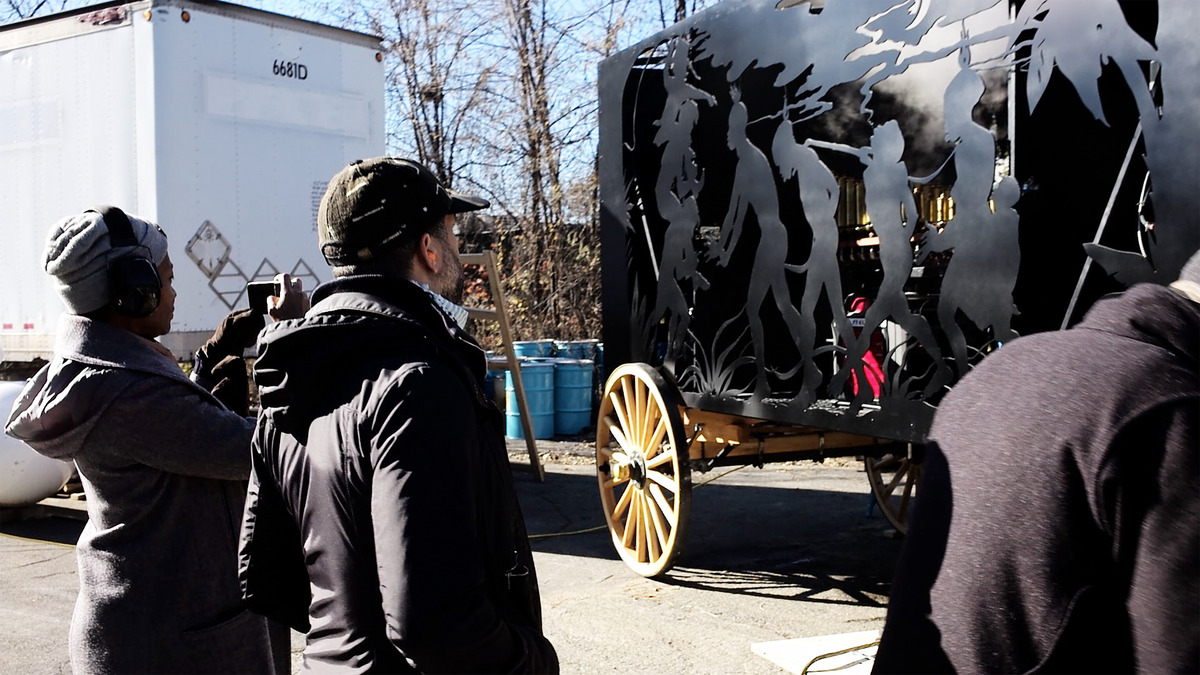
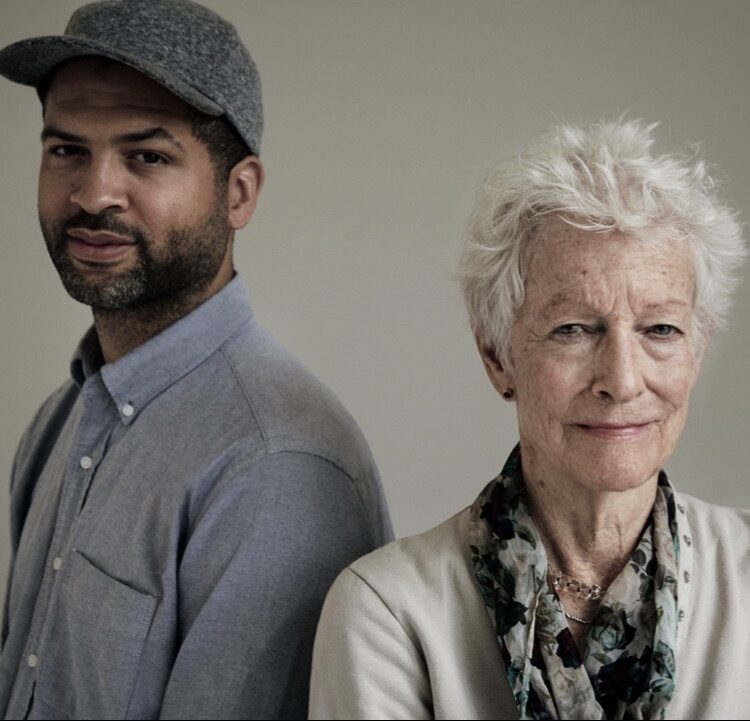
In curating BLEED with your wife, Alicia Hall Moran, you exposed artistic processes to the audience. How did this shift in transparency influence your own creative process?
That was a really important moment for us—to both be invited to be part of the Whitney Biennial. We knew that, in the same way that the AACM (Association for the Advancement of Creative Musicians) developed a community, there was a community of people we wanted to invite into the museum—people who might not necessarily be there at the same time. So while the invitation was to Alicia and I; we ended up inviting ninety more people with us.
We created a five-day exhibition within the Biennial, and we wanted it to blend. The reason it’s called BLEED is because it reflects the way our household operates—me as an improviser and Alicia as a composer and classical singer, bleeding sound into one another. The way we respond to one another creates this overlapping area where the two touch. That exposure—this metaphorical “bleeding”—brings with it the pain of revealing something deeply personal, but also the incredible work that can exist at that intersection.
We wanted to honor our relationships with these artists. For example, Kara Walker came and did a performance, Esperanza Spalding performed, Lorraine O’Grady collaborated with Adam Pendleton, Joan Jonas, Charles Blow, and so much more happened during that week. It became a representation of a style—a kind of approach—that we’ve seen others try to recreate. But BLEED was born out of a genuine love for the craft, without any certainty of what the end result would be. It was transformative, quiet, but at the same time very loud. We essentially created a festival of performances. It remains one of our proudest moments.
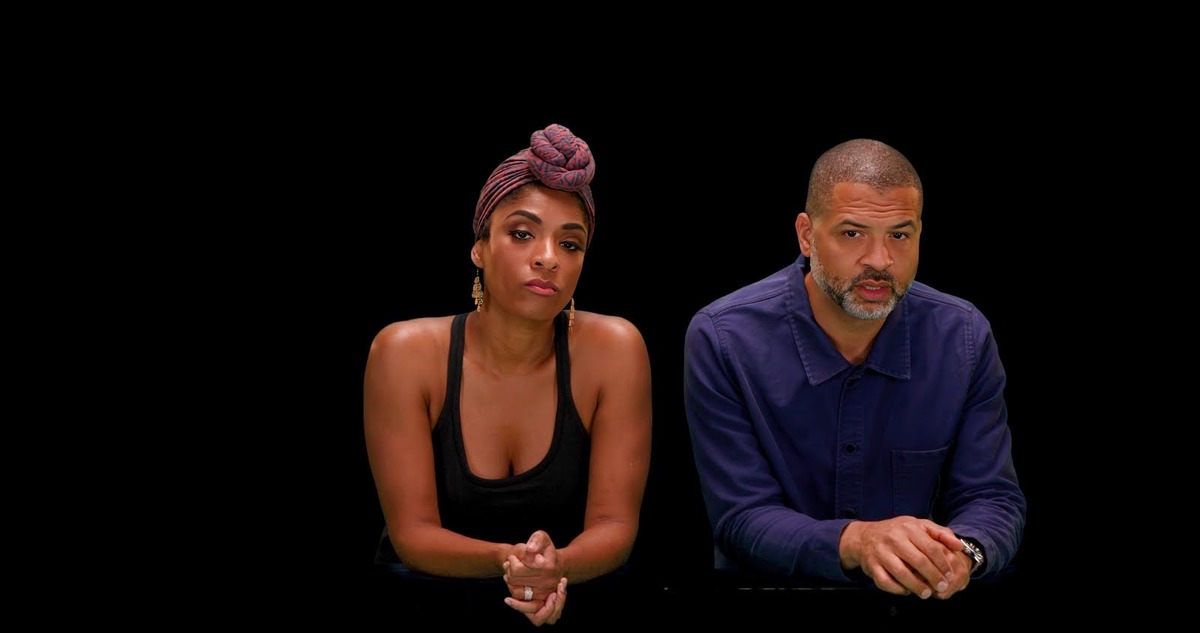
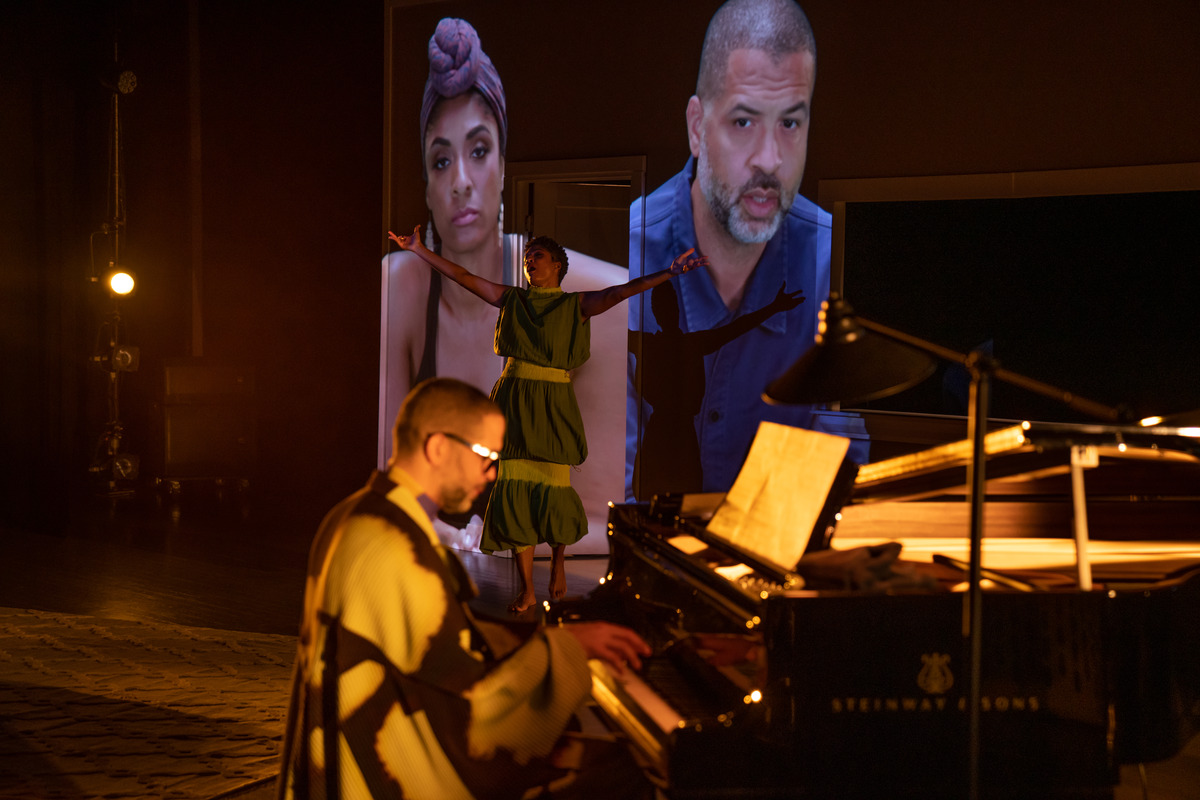
Talking about proud moments in your career, The Bandwagon Live at the Village Vanguard was hailed as transformative. How does performing live, particularly in iconic venues, shape the energy and direction of your music?
The Village Vanguard is an important venue, period. And in New York City, it holds a lot of history in that basement at 178 Seventh Avenue . We play there every November during the week of Thanksgiving.
What I always feel descending those steps is that I’m playing on a stage where so many of my favorite musicians have performed. They’ve played something so rigorous in that basement, worked up and worked out. Sometimes, you have to go into the corner of a basement to find something. It’s humbling.
An audience might say, ”We’re going to this club, walk down these stairs into this basement, sit at these small tables, sip on drinks, and stare into the corner of the room to listen to this band improvise.” It’s a very odd thing. It’s not a large stage; it’s a very oddly shaped room. And so, all of the angles of the space really do come to a focus at the corner of the room where the band plays. It’s just a remarkable space to perform in because it angles the energy.
The Bandwagon has been your creative foundation for over two decades. How has your dynamic with Tarus Mateen and Nasheet Waits evolved over time?
They’re like my big brothers, bassist Tarus Mateen and drummer Nasheet Waits. We’ve been together for—I guess now—twenty-five years. We’ve seen a lot of the world together and formed a sound together as a band. I trust them. For instance, I attended a performing arts high school. Nasheet is from New York City, and his father was a really famous drummer, so he’s lived this relationship with music his entire life.
Tarus grew up in California, and his relationship to music was through the band he had with his brothers. For him, it’s also very familial. Though my family loved music, I didn’t have musicians in my immediate family. The musicians in my family were living in Chicago and other places. So, there’s something about the Bandwagon’s relationships with each other that feels familial, and that’s definitely how I think of them—as big brothers who have helped shape the way the band sounds.
Maybe one of the defining moments for us early in our career was that we were all in other people’s bands. And some of those bands didn’t necessarily like the way we played together. So, they fired some of us. We formed this band almost out of spite—to prove a point that, no, we’re okay.
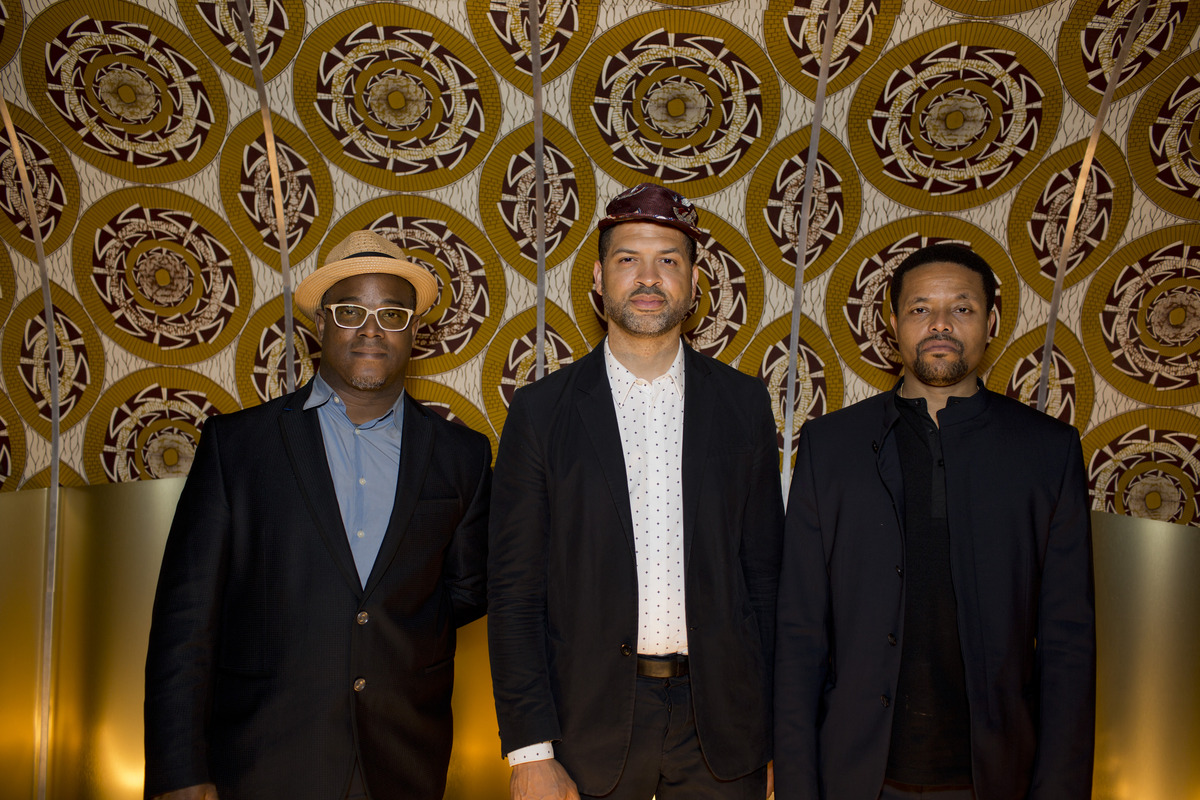
Improvisation is central to your performances. How do you maintain spontaneity while ensuring cohesive storytelling within your compositions?
Improvisation takes practice. It takes practice, it takes practice, it takes practice. I mean, we all wish we could just do things spontaneously, but you have to hone a technique to achieve that. If I watch Joan Mitchell paint; there’s a technique she developed over the years to arrive at her work. I know the same is true for the piano.
The piano is physical, so the body changes over time, and I have to reconcile with what my hands can no longer do, even though I might want to say, “Oh, I’ll just practice more to fix it.” I think it’s about maintaining flexibility. Improvisation revolves around flexibility—flexibility of ideas, of composition, of dynamics, of phrasing, and of shape. All these elements have to be flexible, but they also require practice.
One of the biggest components of improvisation is the mind. The mind must let go of ideas it used to hold tightly. As I get older, I realize that my best ideas at twenty-five years old might not be my best ideas as I approach fifty next year. It’s about maintaining agility, and for me, that takes consistent practice.
Have you ever encountered a moment while performing when you found yourself in a blind spot, a blank space, or feeling completely lost?
Oh, yeah. Many times. (Laughs.) It’s okay to get lost. In fact, it’s great when that happens. This is something I try to teach my students: when you get lost, it’s okay. Don’t panic—figure out where you’re standing.
Often, the best way to understand where you are is to be silent. When we’re playing music, there’s so much happening. If I press a piano key, I’m automatically pushing other sounds out of the way for my ear to hear it. But if you stop playing for a moment, you can hear where the band is, and then you can search for the clue—the sound of the “North Star”—to guide you. You find your way back by listening and then playing something in response.
This is something you have to practice because these lost moments are going to happen. Throughout my entire career, it has happened. I don’t get frazzled by it anymore. I used to when I was younger because I was scared it would make me sound like I didn’t know what I was doing. But in reality, it’s a good thing, and I may not have known what I was doing.
It teaches you to practice not panicking. Don’t panic—just listen to what’s happening. Dare I say, this is also a metaphor for how we navigate life. Even in moments of terror, how do you respond? You calm your mind, even if just for five seconds, to figure out your next step. This is something many of my fellow musicians practice in the world of improvisation.
It’s very hard, especially during live performances. This happens a lot to actors in theater and sometimes to singers.
Yes, yes. Especially in improvisational music, where no one came in with a script. We have the opportunity to make a new script. An actor on Broadway has a different challenge—they must figure out how to navigate within a set script.
I love watching those moments. It’s rare that I get to see it, but you can sometimes spot when an actor decides to move ahead with a line or covers for a fellow actor who forgot theirs.
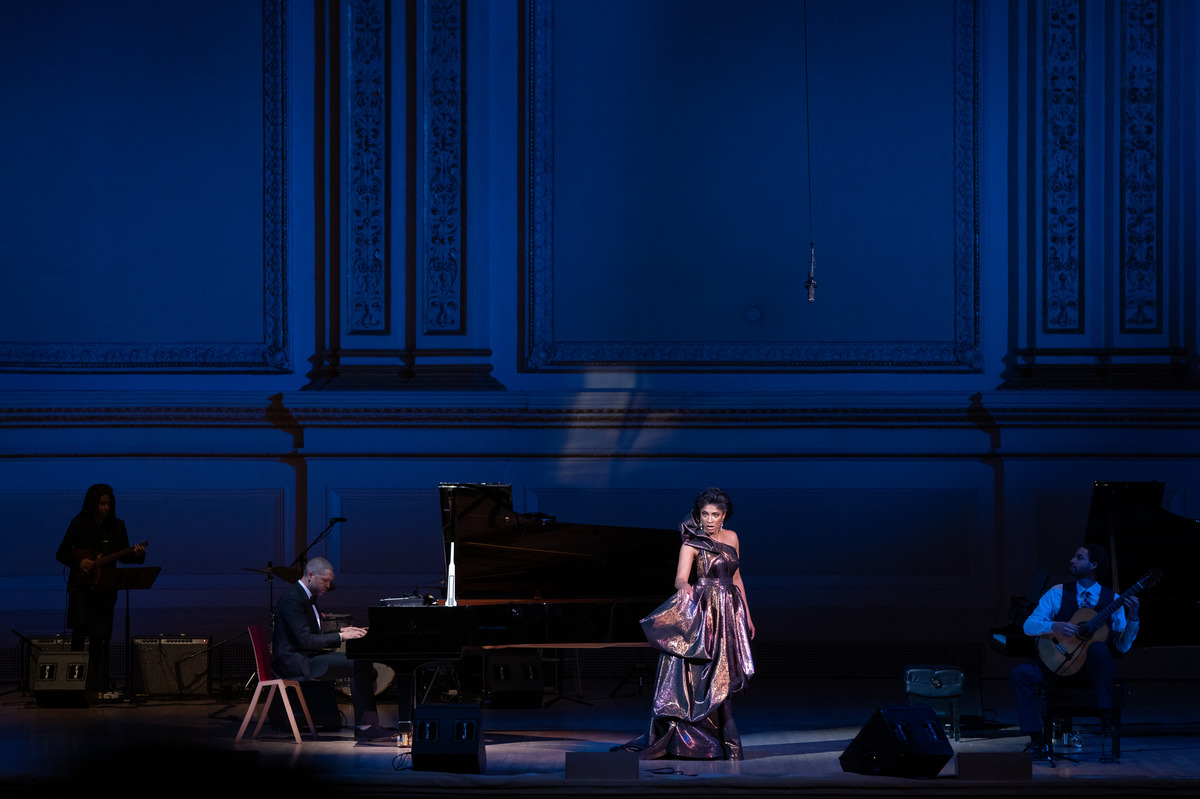
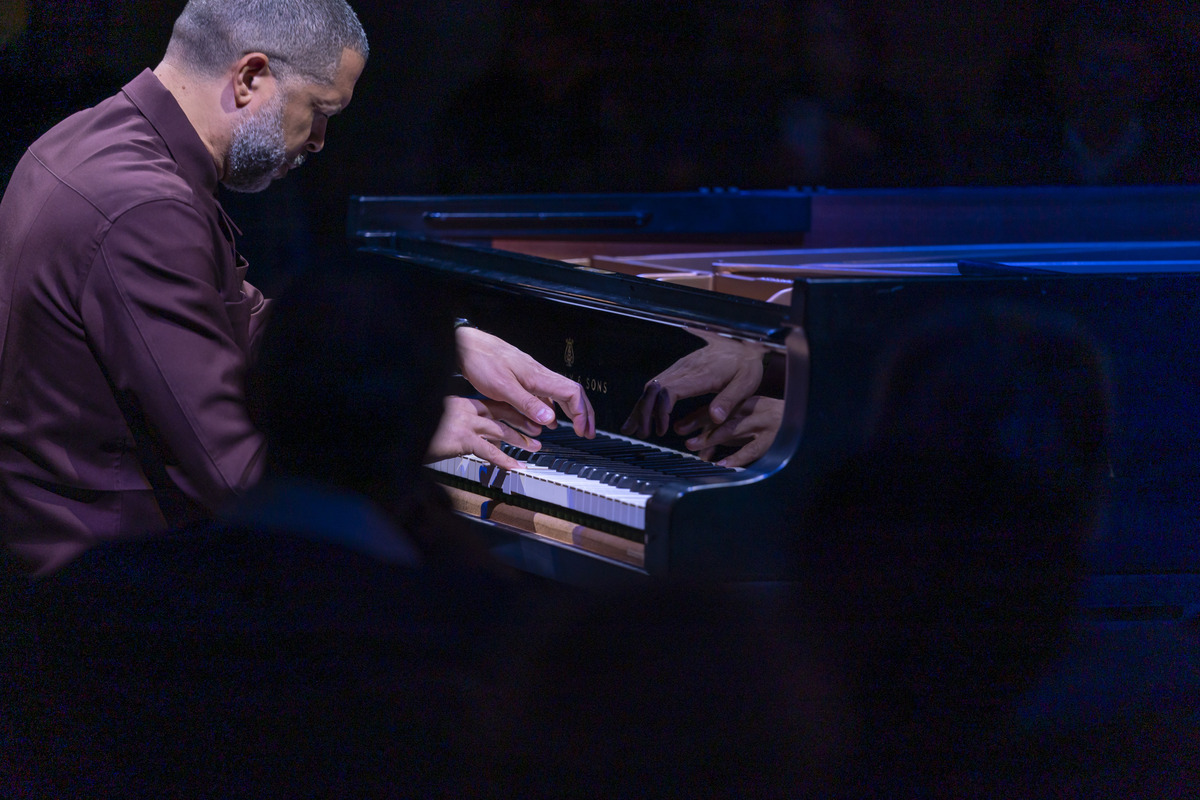
You are then editing live in real-time.
Yes, you’re editing live. That is definitely it.
As an educator at the New England Conservatory and through initiatives like the Moran Scholarship Award, what values do you hope to impart to the next generation of jazz artists?
One is that they have support. I felt like my teachers gave me so much support that I never felt like I was out there by myself or alone. I teach because I’ve been fortunate to have great mentors, and I want to ensure that students entering the scene feel supported by the older generation, especially those who are truly committed to it. That’s what I felt I had. So, I want to stand there for those other musicians coming up.
I guess the key for musicians is figuring out how to maneuver their lives into their music—to let it in: all the fragile parts, all the strong parts—and see what that grows into. The more you put yourself into it, it might feel odd at the moment, but hopefully, the more you’ll get out of it too.
The thing about making music like this is that there isn’t necessarily a right or wrong way to do it. However, in a cliché way, you might just be looking for some sense of your truth in it, and your truth can change. So, listen to your music as it starts to change, acknowledge that it’s changing, and continue to change with it.
I want to give students a sense that they have these tools and that the power is in their hands.
Jazz continues to evolve, but its future is often debated. What do you envision as the next frontier for jazz, and how do you see yourself contributing to it?
It’s hard to say. I’m watching kids in their teenage years or early twenties, and I’m hearing some of the things they’re devoted to because the music is now over 120 years old. That means the music lives around the world. The way it sounds in Argentina is different from how it sounds in Brazil. It’s different from how it sounds in New York, Tokyo, Berlin, or Johannesburg. When we understand that the music is also a response to its environment, we can listen to the global issues by listening to the music from those spaces.
I would also say that artists—regardless of category—true artists, tell us what the problems are, and many of them are also predicting solutions. I want to teach this young crew not only to look within music for answers to the issues that will arise in their lives, but also to develop a sense of cultural awareness. If they do, they’ll start to see where these clues are—perhaps in ancient ceremonies that people still practice today, or in a ceremony they invent themselves. They need to acknowledge that there is a path, but they have to find it by listening and visiting places beyond where they live.
Maybe that’s the value of going to other cultures: you realize that what you believe isn’t necessarily the best option.
You have collaborated with the Kennedy Center to elevate its programming. How do you approach curating events that honor the greats of the past while inviting new audiences?
I’ve been Artistic Director for Jazz at The Kennedy Center for ten years. I always think it’s important, especially if there are great musicians in their seventies and eighties, to continue giving them a space to play. These are musicians who have really helped create the language of the music we know today. We’re in a rare situation in America where some of these legends are still alive, and we get to witness truly prominent voices still eager to share their artistry on the stage.
On the opposite end of the spectrum, it’s just as important to make space for the newest musicians who are emerging on the scene. When I was a young musician, the man who started this program, Dr. Billy Taylor, invited me to perform several times. I never would have imagined back then that I’d one day be running the program after his death.
Because of that, I feel a responsibility to continue inviting new musicians to the Center. Eventually, one of them will take over the program, just as I did. I aim to curate in a way that reflects the issues of America, because this music has always been a reflection of the times. It’s essential to ensure those themes are presented on the stage as well.
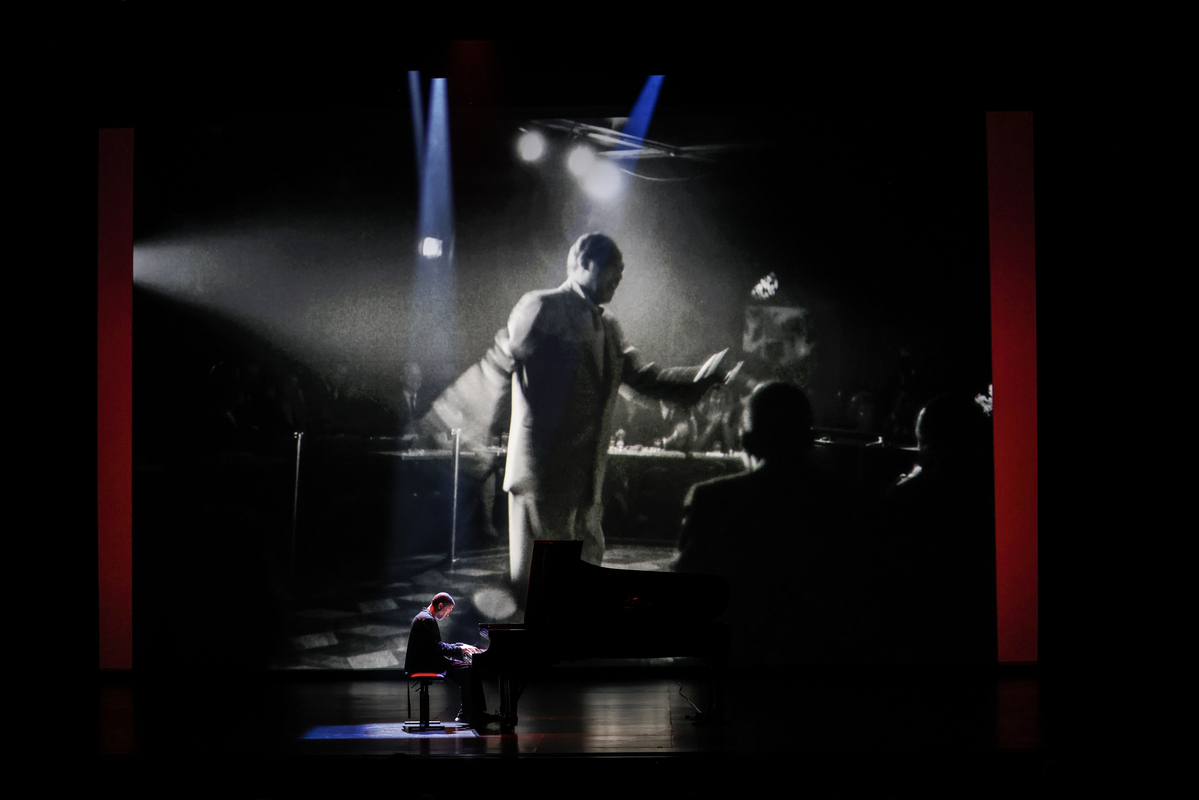
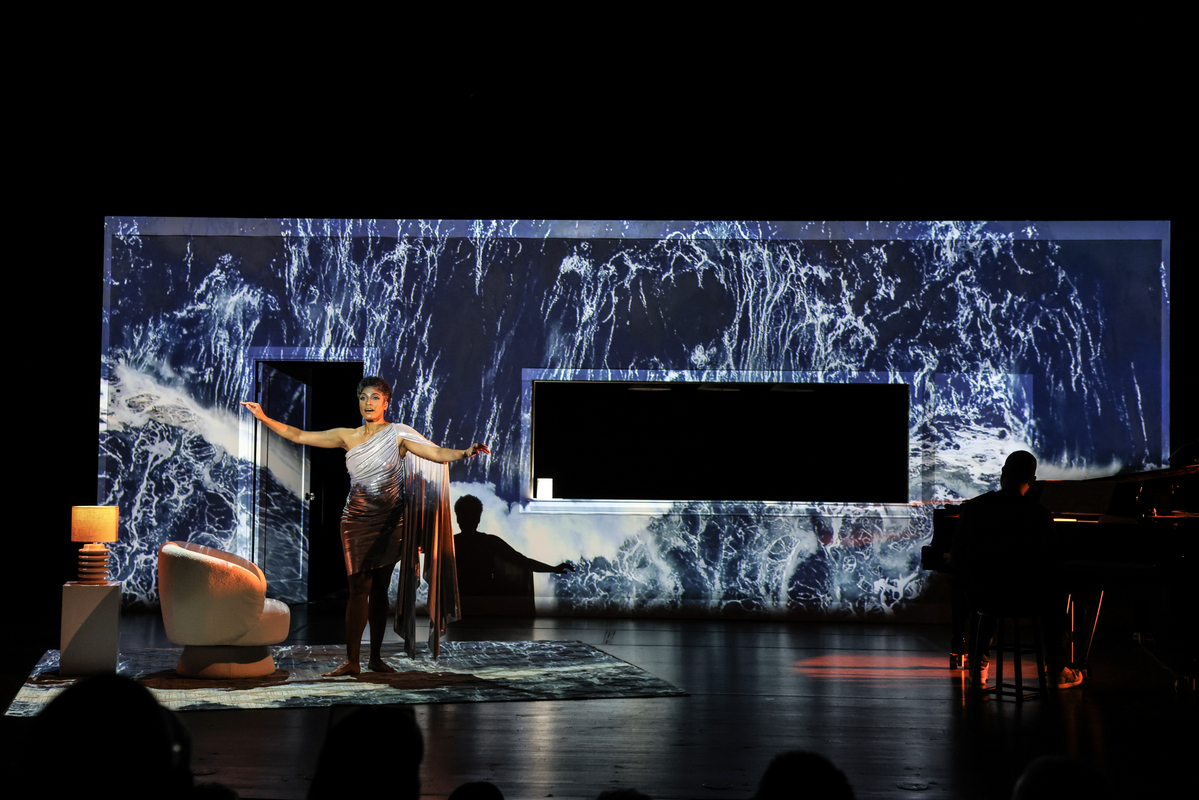
In the context of today’s cultural and political landscape, what role do you think jazz or art can play as a vehicle for activism or change?
The most perplexing part about listening, I think, for audiences that don’t traditionally listen to improvised music, is understanding it. They don’t know what’s going to happen, and that threatens people. Pop music doesn’t necessarily threaten people because it’s so consistent, and easy to predict.
However, in my world, that consistency isn’t necessarily a bad thing, but it is a signal. The musicians I’ve loved over all these decades have always faced a level of animosity in the social world, and they’ve always found a way to amplify that animosity or rise above it, never bend to it. I’m thinking about Billie Holiday, John Coltrane—musicians who found a way to do that. Those are the well-known names, and there are countless others.
Now, how do you do that today? That’s where the search is. But I’m confident, because it always proves true, that there are musicians who are unafraid to show us the way.
Listening, though, is a very difficult thing for a general public to do. How do you pull an audience into listening to something when they’re unsure of how it will make them feel or how it will end? That takes practice. The audience must practice that kind of listening, because we’re all living through the same things but with different perspectives. We may not be trying to find solutions to those hard questions in the same way, and nor should we.
I think the music tries to find a solution to those things. And does it always sound pretty? Definitely not. And that’s okay, because dissonance is harmony too. Our goal is to continue to make uncertainty a normal part of the practice—this uncertainty—and then to find some solace in it, knowing that it’s okay to be there.
Interview conducted in New York City in November 2024.
This interview has been edited and condensed for clarity.
All images are courtesy of Jason Moran. http://www.jasonmoran.com/